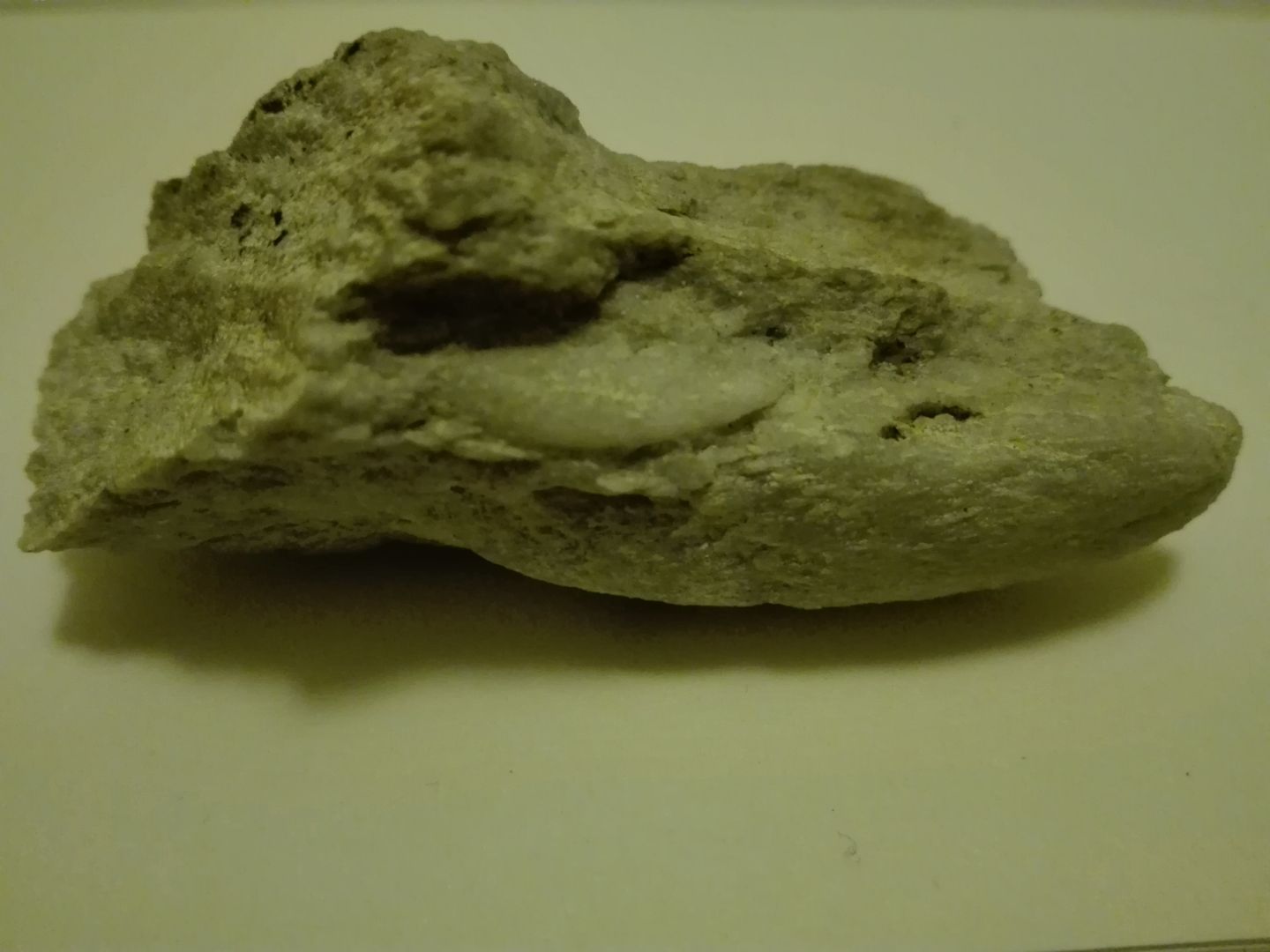Goethe's Rock
6.73

Overview
Goethe's Rock (Skałka Goethego) is a unique mineralogical site located on the northeastern slope of Victoria Hill in the village of Krzywina, within the Przeworno municipality. It is characterized by an exposure of light-cream siliceous rocks known as "dactyloid quartzites," which contain elongated mineral aggregates resembling dates in shape, as well as a colorless variety of quartz known as rock crystal. The site is named after the German poet and scientist Johann Wolfgang von Goethe, who first described these rocks in his 1823 text, comparing them to minerals found in Brazil. Goethe visited Krzywina in 1790 to study local mining techniques and minerals.
The site is situated along a blue hiking trail, approximately 1,300 meters northwest of the ruins of a church, and includes a disused quarry measuring 80 meters in length, 20 meters in width, with wall heights of about 3 meters. The area features minor tourist infrastructure and an informational board, making it accessible and appealing to both tourists and researchers interested in geology.
The origin of the dactyloid quartzites is not fully understood. It is believed that they formed both through the deformation of oligomictic quartz conglomerates and as a result of tectonic processes, adding to their historical and scientific significance. Goethe's Rock is not only an important point on the regional geological map but also an attractive destination for those interested in the cultural and scientific history of Poland.
Location
2025 Wizytor | All Rights Reserved